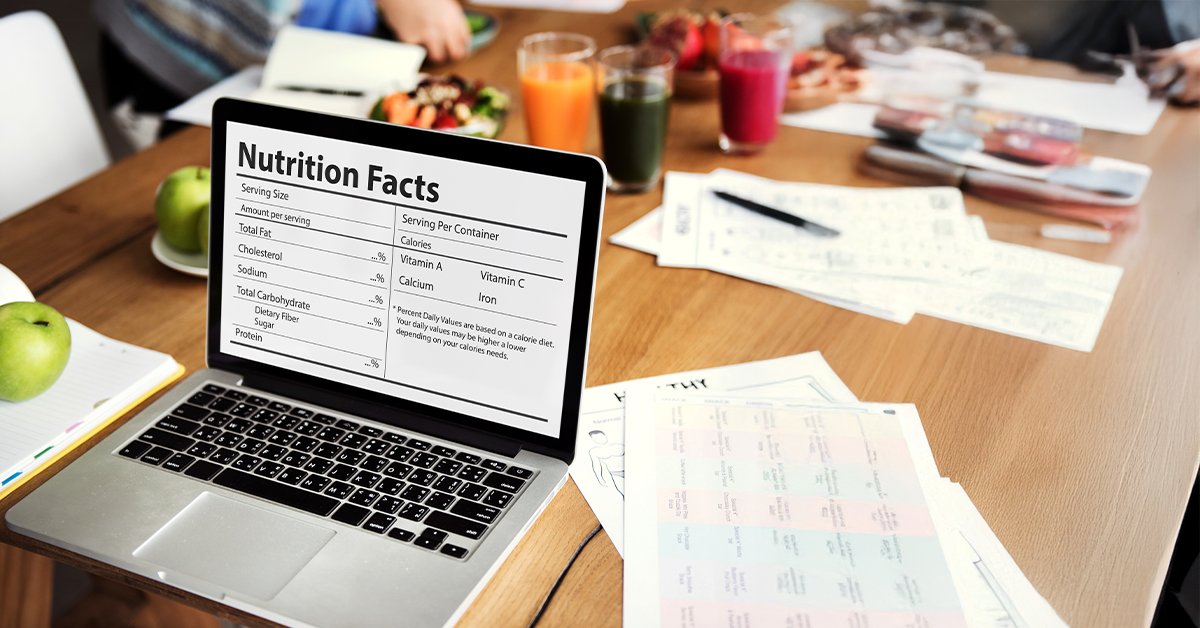How to Read Food Labels Like a Pro

Your Mission, Should You Choose to Accept It: Cracking the Code on Food Labels
Avani Mekala
Hello, future food detective.
Have you ever picked up a packet of biscuits or a bottle of sauce, looked at the tiny, cryptic writing on the back, and just felt… overwhelmed? You’re not alone. The food label isn’t just a list of ingredients; it’s a secret code, written by food companies. Your mission, should you choose to accept it, is to become a pro at cracking it.
Your tools are your eyes, your brain, and a healthy dose of suspicion. Let’s get to work.
Phase 1: The Basic Intel – Four Things to Always Check
Forget the big, bold “HEALTHY!” or “ORGANIC!” claims on the front. That’s just a distraction. The real information is on the back, and you need to look at four things, in this order:
1. The Ingredients List: The Real Story
This is your most important clue. The ingredients are listed in order of quantity, from the most to the least. It’s the ultimate reveal.
Thumb rule: If sugar, some form of syrup, or a type of oil is one of the first three ingredients, put it back. It doesn’t matter what the front of the packet says.
The Trick: Food companies are sneaky. They will sometimes use 10 different types of sugar, but in small amounts, so they are all listed way down on the list. Look for names like “fructose,” “glucose,” “sucrose,” “corn syrup,” and “dextrose.” All villains.
More Villains to Watch For:
- Hidden Salts: Look for “monosodium glutamate (MSG),” “sodium nitrate,” or just the word “sodium” high up on the list. These are often used to make bland foods taste better and can be very bad for your heart.
- Refined Flours: The term “wheat flour” can be misleading. Unless it says “whole wheat flour,” it’s likely refined and stripped of its nutrients. Think of it as a low-grade, hollow ingredient.
Example: A packet of “healthy” fruit cookies might say “wheat flour” first. Good! But if the next ingredients are “sugar,” “vegetable oil,” and “invert syrup,” you know it’s just a dessert in disguise.
2. The Serving Size: The Great Deception
This is a classic con. You might pick up a small bag of chips and think, “Okay, this is one serving.” But the label says “Servings Per Container: 2.5.”
Thumb rule: Always look at the total calories, fat, and sugar for the entire packet, not just the serving size. That small bag of chips suddenly has a lot more calories than you thought. It’s the nutritional equivalent of a friend promising to help you move, but only for 15 minutes.
3. The Calorie & Nutrient Panel: The Mission Report
Now that you have the basic intel, it’s time for the numbers. Don’t worry, you don’t need to be a math genius.
Look for the Big Four:
- Sugar: The total sugar count is key. The lower, the better. Especially for things that aren’t naturally sweet.
- Protein & Fiber: These are your allies. High numbers here mean the snack will keep you full and satisfied. Look for at least 3-4 grams of fiber per serving.
- Fat: Not all fat is bad, but look for low trans fat (ideally zero) and low saturated fat. The healthy fats are called unsaturated fats and are usually found in nuts, seeds, and oils.
- Sodium: This is a silent agent. The amount of sodium (salt) can be very high in processed foods. As a rule of thumb, try to keep it below 10-15% of your daily value per serving.
Phase 2: Advanced Spy Tactics – The Claim Game
This is where you become a true pro. You learn to ignore the flashy marketing language and read the fine print.
- The “Natural” Lie: The word “natural” means almost nothing. Arsenic is natural. A lot of things are. Don’t fall for it.
- The “Low Fat” Hoax: This is a very common trick. When a company removes fat, they almost always replace it with sugar to make the food taste better. So that “Low Fat” cookie is probably just a “High Sugar” cookie.
- The “Sugar-Free” Deception: This claim sounds great, but check the ingredients. These products often use artificial sweeteners like aspartame, sucralose, and saccharin. While they don’t have calories, they can trick your body and have other unknown effects. It’s often better to have a little real sugar than a lot of chemical replacement.
Phase 3: The Final Verdict
Now that you are a certified food detective, here is one final, simple rule.
The Ultimate Test: Flip the packet over and read the ingredient list. Can you pronounce all the words? If you see a long list of chemicals and ingredients you’ve never heard of, put it back. Your body knows how to handle an apple or a bowl of dal, but it doesn’t know what to do with “carboxymethylcellulose.”
Mission Accomplished:
The goal isn’t to become a perfect eater, but to be an informed one. You don’t have to be a food scientist to choose wisely. Just use your newfound detective skills. The next time you’re in a supermarket in Hyderabad, and you see a snack with a lot of promises on the front, you’ll know to flip it over. And if all else fails, just go to the local market where the produce doesn’t need a label. A banana is just a banana. Mission complete.














